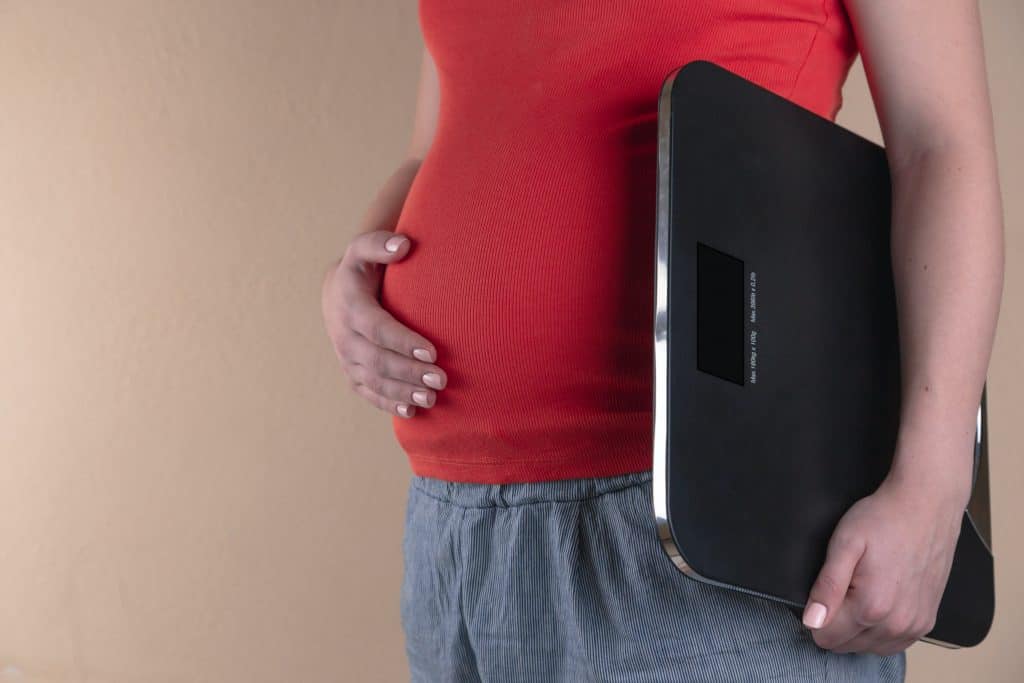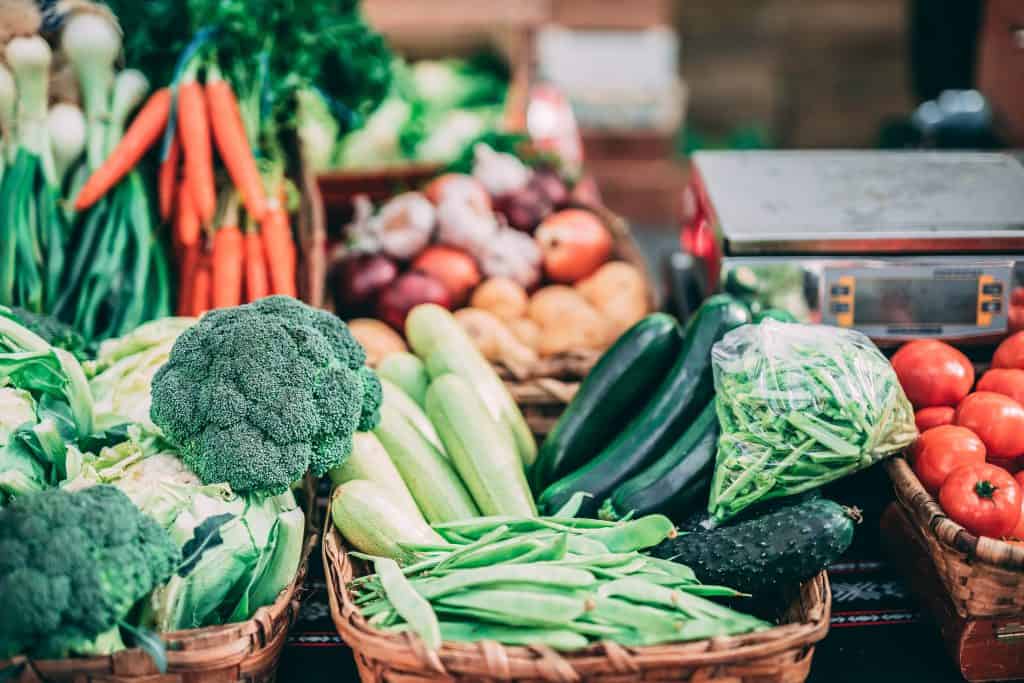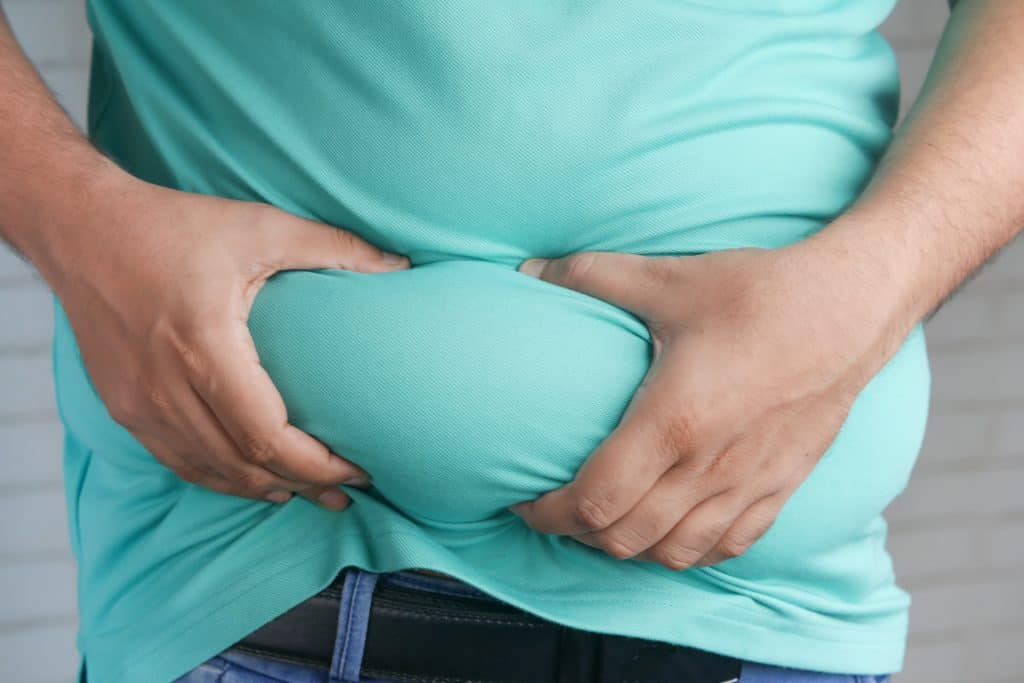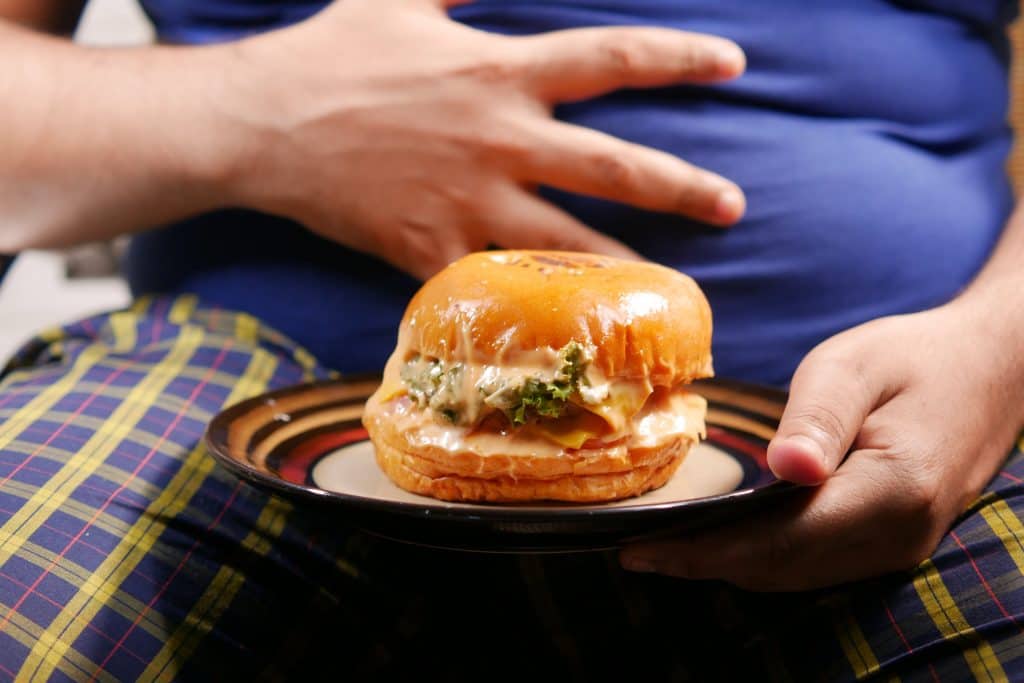You’ve been doing crunches. A lot of them. Running for endless miles on the treadmill. Drinking green shakes. Yet, despite your efforts, your stomach is still looking bigger than ever, and that un-budging belly bulge is driving you crazy! It may not be your fault. Unknowingly, your daily habits and patterns, along with some of the food that you eat, can actually make your stomach look bigger, and sudden weight gain may have nothing to do with it.
Here are 10 reasons why your waist isn’t whittling away, even though the rest of you is. If you feel your stomach getting bigger for no reason, these factors may be to blame.

10 Causes of Belly Bulge and Abdominal Swelling
1. Tight Hip Flexors
Ab exercises like crunches and sit-ups can shorten flexors, which can tilt your hips forward and make you look like you have a belly bulge, even if you don’t. Exercising your core with planks and Pilates-based moves is better because these work your abs without the strain on your hip flexors.
Tight hip flexors can also lead to a more serious injury if you don’t address it. You can stretch out tight hip flexors using a foam roller or by practicing yoga regularly. Not only will this help address the abdominal swelling, but it will increase your overall strength, too.
2. Chewing Sugar-Free Gum
Surprised? Chewing sugar-free gum could actually be contributing to that pesky big stomach. And actually, there’s double trouble here in regards to your gut. When you swallow air while you chew gum, it becomes trapped in your stomach and small intestines and causes bloating.
If the gum that you chew is sugarless (which your dentist recommends), your bloating increases because artificial sweeteners aren’t digested by your body. Instead, opt for a mint or forgo the habit entirely.

3. Too Much Stress
When your stress levels are high, your body produces a hormone called cortisol. Studies have shown that this hormone trips your body to take fat from healthier areas, like your butt and hips, and move it to your abdomen. This is called visceral fat and it not only looks bad, but it is also pretty bad for you because it surrounds your vital organs.
If you needed a reason to tell your boss you need to decrease your workload or take a vacation, take this cue from your body as your sign.
4. Not Enough Sleep
Adults are supposed to sleep seven to nine hours every night, with eight being that magic number you should shoot for. Not getting enough sleep increases the cortisol in your body and your blood sugar levels, giving you a double whammy. The cortisol makes you store fat in your belly, and the crazy sugar levels make you crave carbs and junk food, which wreak havoc on the size of your middle.
Create a stable night-time routine and do the mental math each night to ensure you have enough time for the recommended amount of sleep. On the flip side, you also want to avoid oversleeping, as that can contribute to depression and other negative health side effects. Find a happy medium and your middle will be happy.
5. Too Much Fiber And/Or Sugar
Kale, broccoli, cabbage, and legumes like lentils and peas are great additions to your diet on the surface level. If you’re pursuing a healthy lifestyle and eating these foods regularly, you’re likely frustrated if you can’t sniff our the reason for the appearance of a big stomach.
You may not know that these foods actually contain a sugar called raffinose. Your body doesn’t have the ability to digest it properly, so bacteria take the lead and feast on them, which causes gas and bloating. This effect, combined with fiber, can give you that belly bulge, making you look big and full. Cutting these foods out of your diet entirely is not recommended, but if you’re combining them in several meals a day, they could be the culprit for your stomach woes.

6. Gluten Intolerance
About 15 percent of the population has celiac disease or gluten intolerance, and 99 percent of people go undiagnosed. Be aware when you eat foods containing gluten (like bread, pasta, and cereal), and take note of how your body reacts. Bloating, gas, diarrhea, and/or constipation are all signs that you may have a problem digesting the protein in grain.
If you are suffering from gluten intolerance, then all your efforts in the gym and on your diet will feel like they’re for naught. Gluten-free eating can feel intimidating at first, but you’ll feel much better in the long-run by making some simple dietary switches.
7. Acid Reflux
In addition to your belly ballooning, do you often feel sick or nauseated after a normal meal? Do you burp a lot or feel burning in your belly or throat within an hour or so of eating? If you answered yes to either or both of those questions, acid reflux (or indigestion) may be to blame. Certain foods with high levels of acidity, like tomato sauce, orange juice, and fatty meats, can increase the acid in your belly, causing it to bloat and swell.
Dealing with acid reflux is often a trial-and-error process. Consult with your doctor to get on a treatment plan that works for you. Over-the-counter medications like Tums might relieve the symptoms, but a medication could be necessary to fully address the issue.

8. Constipation
The simple truth is… when you have more in your belly and intestines, it’s going to look bigger. So if you haven’t gone to the bathroom in days, you’ll feel it. Normal intestinal gas gets trapped behind slow-moving bowels and builds up, causing your belly to distend.
Constipation could be caused by a number of factors, like irritable bowel syndrome (IBS), dehydration, and eating a diet low in fiber. A visit to the doctor might help you sort out which factors are contributing to your constipation, but drinking more water and eating more fiber is always a good place to start.
9. Dairy Intolerance
If you feel gassy and uncomfortable after eating ice cream or cheese, or after drinking milk, you may be lactose intolerant. People with lactose intolerance don’t have the enzymes to break down lactose (the sugar found in dairy products). This can irritate your belly and cause gas to form, making your belly bloated.
Before you start feeling like woe is you thanks to your body’s dairy aversion, know that you are not alone in this diagnosis. According to a study published by The Lancet in 2017, about 68% of the worldwide population has problems with lactose malabsorption. The solution here is simple enough in theory: cut out as much dairy from your diet as possible, or find dairy substitutes to fill that urge.
10. Too Much Sodium
Maybe you’ve heard the bad press regarding sodium, which has left you wondering, ‘does sodium make you bloated?’ Bad news for soy sauce lovers: eating foods that contain a lot of salt can cause your body to retain water and make your stomach look bigger.
The sodium and potassium pumps in your body help regulate water retention. When they’re not in balance and you eat too much salt, it triggers your body to store water. According to the CDC, about 90% of Americans eat more sodium than is recommended for a healthy diet. Not only does that add to the appearance of a big stomach, but too much sodium also increases your risk for high blood pressure, which leads to heart disease and stroke.

FAQs About Belly Bulge
What causes lower stomach bulge?
The frustrating thing about bloating is that we often have trouble identifying the cause of it. Some common causes are constipation, eating too much sodium, an underlying gluten or lactose intolerance, and everything else on this list.
Why is my upper stomach bigger than my lower?
If you’re wondering why your upper stomach is bigger than your lower, keep in mind that upper belly fat is often attributed to water weight and bloating. Sticking to a diet low in sodium/salt, sugar, and high in fiber is a great solution to this common problem.
What does a stress belly look like?
A ‘stress belly’ refers to abdominal swelling caused by an excess of stress. It presents itself in a residual layer of excess fat on the stomach area. Cutting out unnecessary ‘comfort’ eating, sugary foods and drinks, getting enough sleep, and try low-intensity exercises to help soothe your body rather than irritating it further and adding more undue stress.
Is it normal for my belly to be bigger on the left side?
It is not normal for a stomach to be bigger on the left side, and this can indicate various health problems from muscle misalignment to tumors or cysts. If your belly is consistently bigger on the left side, you should consult your doctor.



